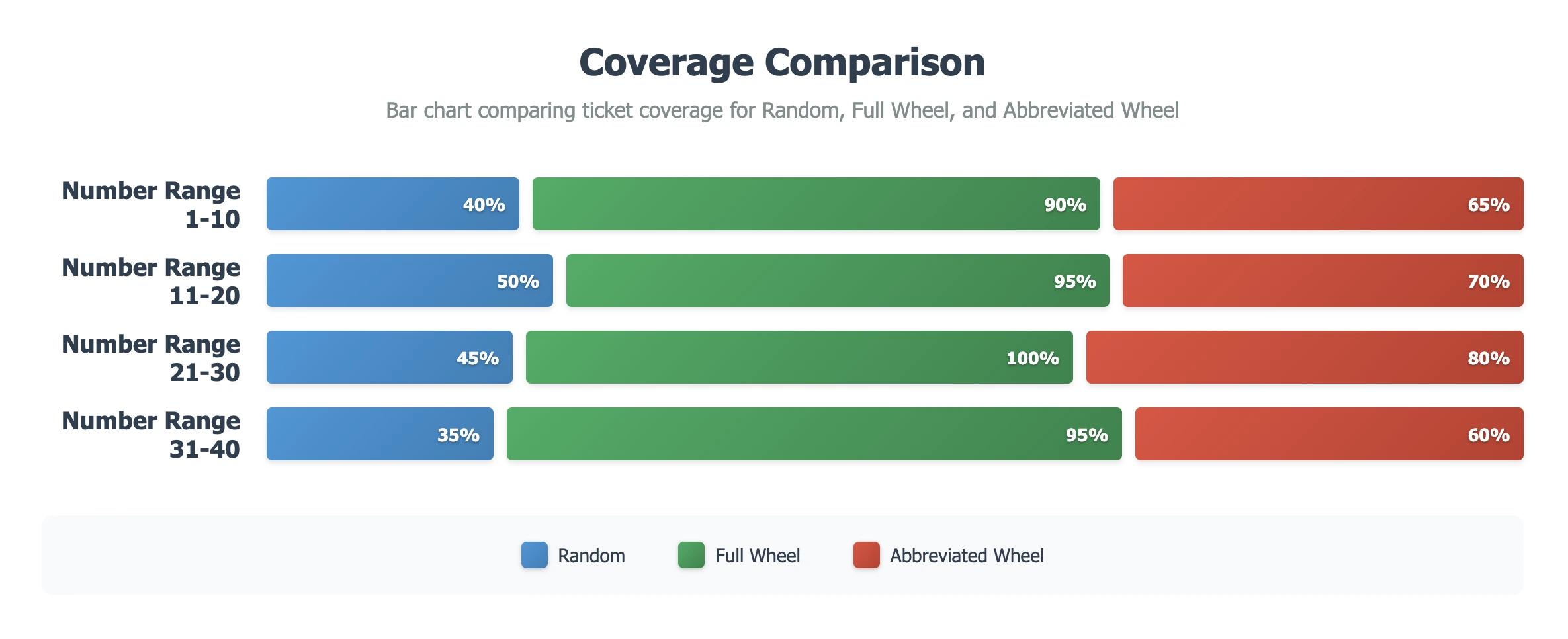What This Strategy Is
Wheeling systems are a strategic way to play multiple number combinations in U.S. lotteries like Powerball or Mega Millions by selecting a set of numbers and arranging them into tickets that cover many possible outcomes. It’s like casting a wider net with fewer throws.
Instead of buying random tickets, you pick a group of numbers (e.g., 10 for Mega Millions’ main pool) and use a wheel to generate tickets that cover key combinations, maximizing coverage while keeping costs down.


